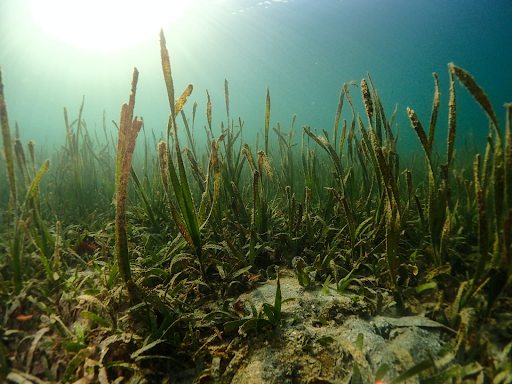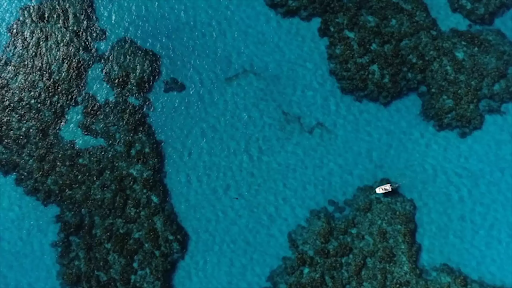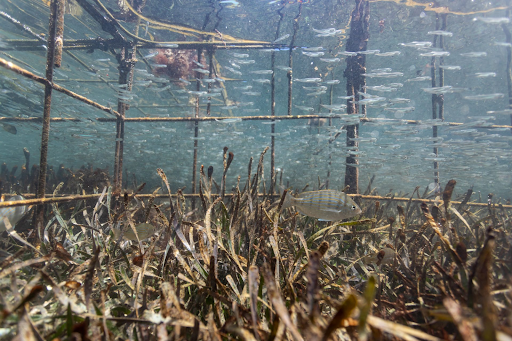
Beneath the clear, turquoise waters of Bermuda lies an unsung hero of the ocean seagrass. Often overlooked and underappreciated, these underwater meadows play a vital role in supporting marine life, protecting coastlines, and capturing carbon from the atmosphere. Yet today, Bermuda’s seagrass beds are in rapid decline, with serious consequences rippling through the island’s delicate ecosystem. In this blog, we dive into the environmental importance of seagrass, explore the alarming causes behind its disappearance, and discuss why protecting these “hidden lungs” is critical, not just for Bermuda, but for the planet.
Why is Seagrass important?
- When swimming through these underwater beds, you may cross paths with a turtle, parrot fish, or seahorse; the list goes on! Seagrass beds are home and food for a wide number of aquatic species, including those that are endangered and endemic to the area. Seagrass is a vital part of the food chain, as it provides food for marine animals such as sea turtles, snails, and other smaller fish.
- Not only does it help support our marine wildlife, but it is also a natural, highly effective carbon sink; the beds can store up to twice as much carbon as terrestrial forests. Seagrass works to remove carbon dioxide from the atmosphere and produces oxygen in return.
- Seagrass supports the reduction of coastal erosion in multiple ways. Its roots support the stabilization of sediment around it and reduce wave energy, working as a buffer for its shorelines against any threats of storms or bad weather.
What is happening to the Seagrass in Bermuda?
With an increase in the country’s land creation and shoreline development, as well as dredging, ocean dumping, overgrazing, and extracurricular activities, the seagrass beds surrounding Bermuda have faced a decline faster than the rest of the world’s seagrass beds. Overfishing of sharks in the North Atlantic has led to these turtles not having a predator. That could be positive, right? Maybe for the sea turtles, but lack of a natural predator has meant that even the weakest turtles are surviving. This has threatened the balance of the marine ecosystem, as the increase of turtle numbers means a decrease in the seagrass beds surrounding the island.

What are we doing to combat the issues faced with Seagrass declining in Bermuda?
One of our founders and directors, Stephen Castree, has commented on the effects of this declining seagrass issue in Bermuda, stating, ‘This decline impacts already reduced fish stocks, lobster stocks, and the overall health of the ecosystem.’ Climatewise has been teamed up with SailGP for the past four years to create cages around seagrass beds in Bermuda to try and promote their growth around the island. The cages protect the seagrass from sea turtles overgrazing but still allow them to access part of the grass without hindering its growth.







